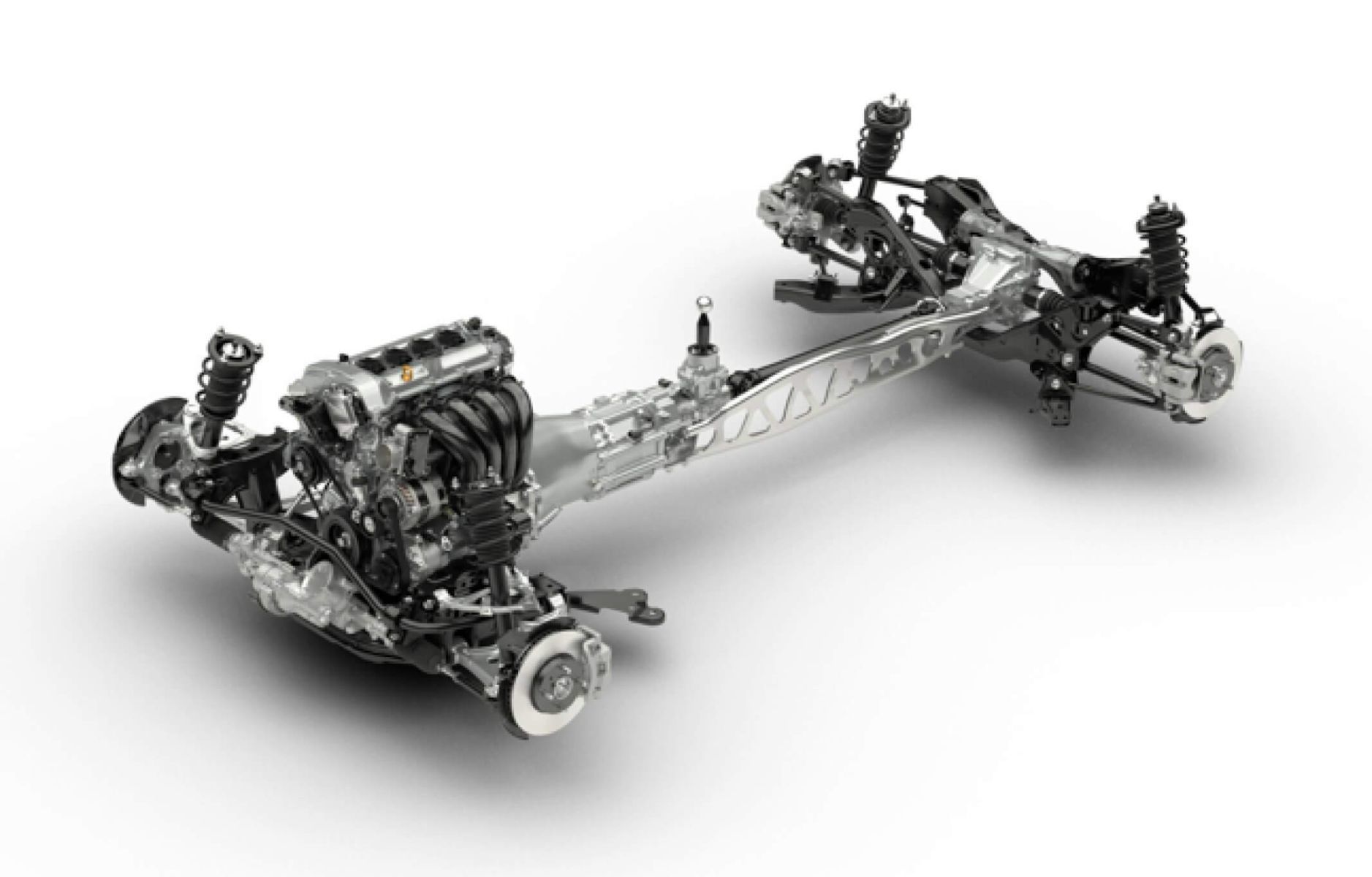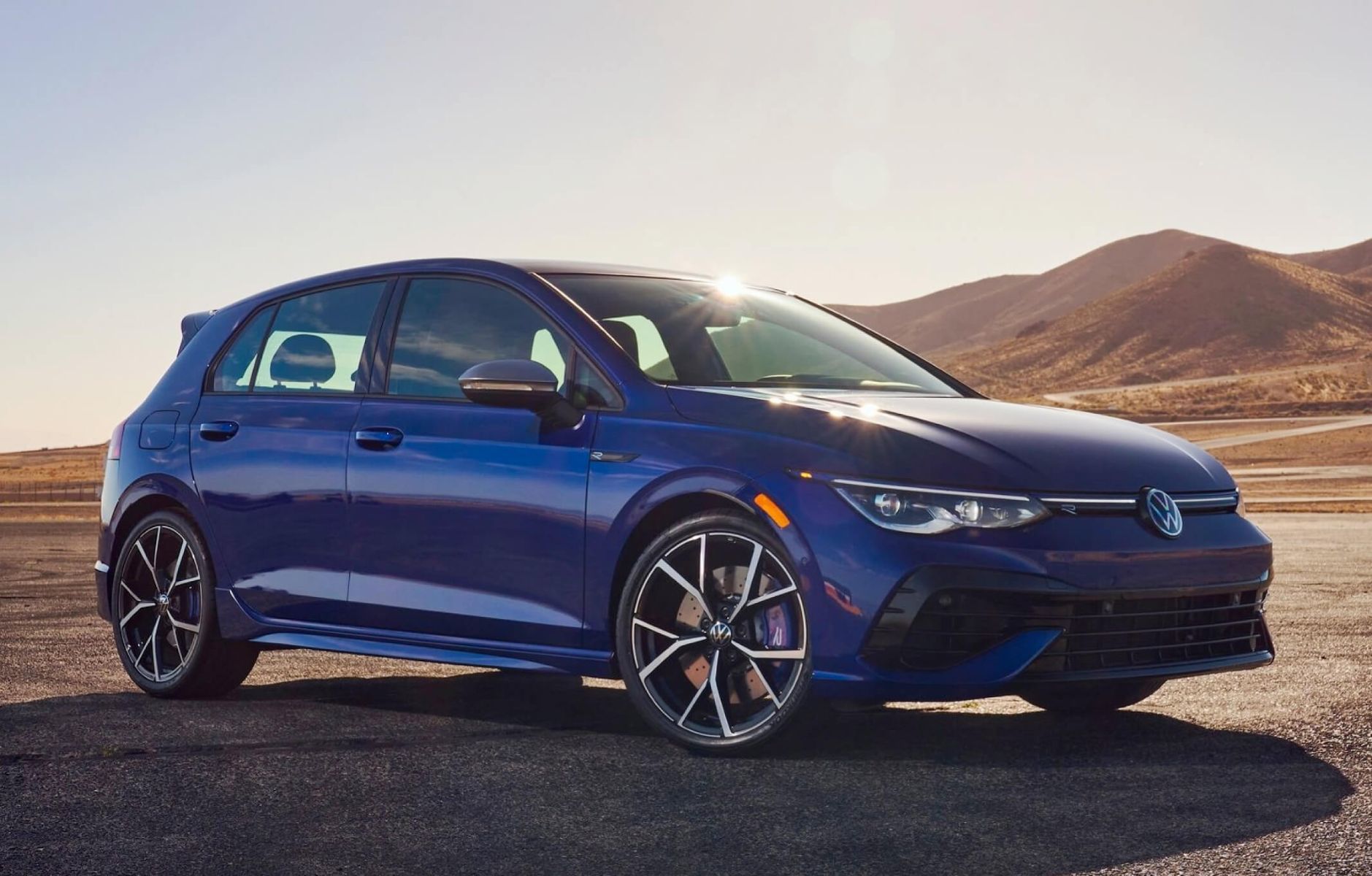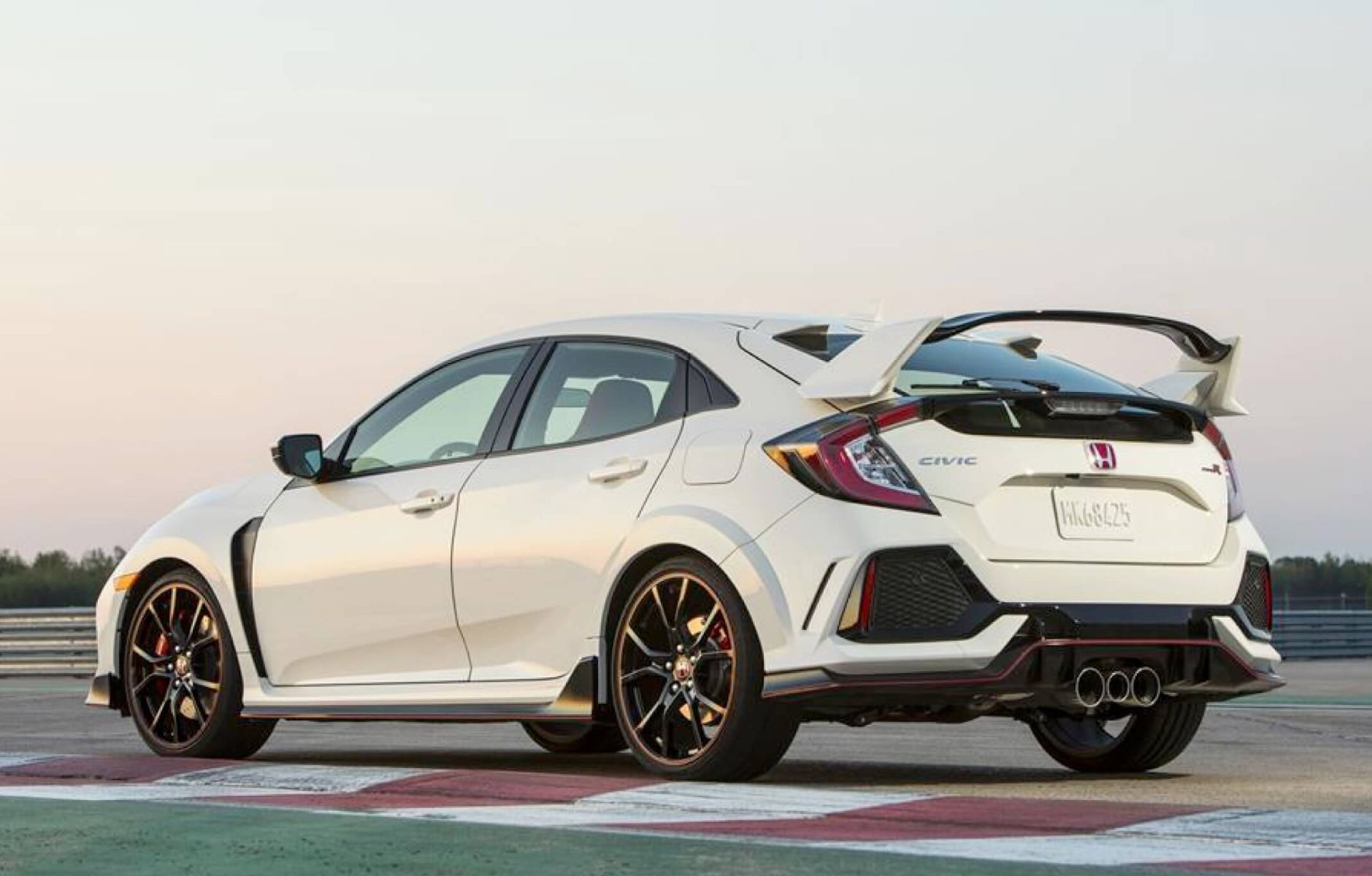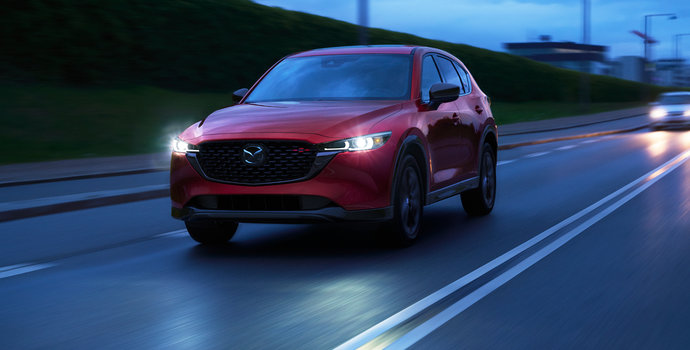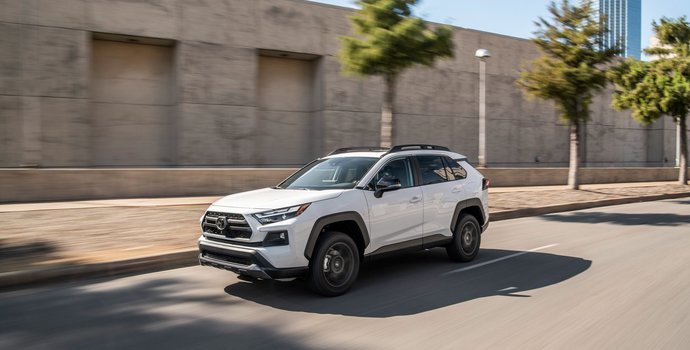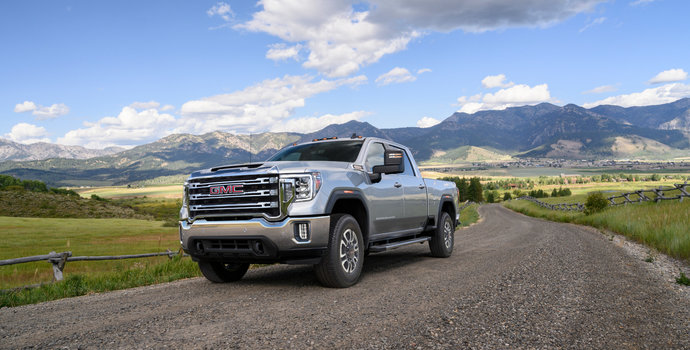Top Pre-Owned SUVs for Tackling Ontario's Winter Roads
Winter driving in Ontario demands more than just careful navigation—it requires a vehicle built to handle unpredictable lake-effect snow, icy highways, and the heavy traffic of the Greater Toronto Area. For drivers in Brampton and across the GTA, choosing the right pre-owned SUV means prioritizing all-wheel drive capability, ground clearance, and reliable cold-weather performance. For commuting...


